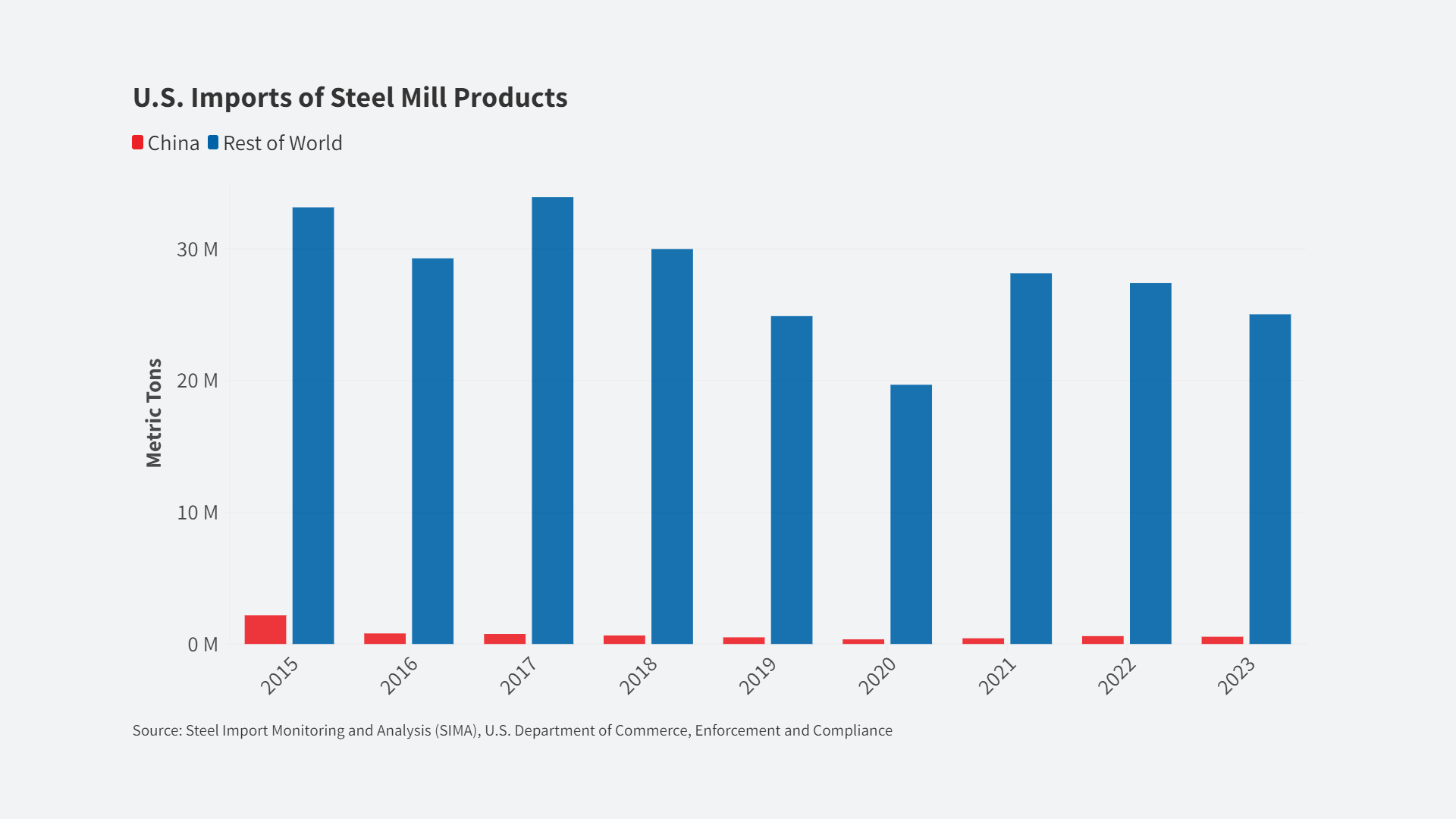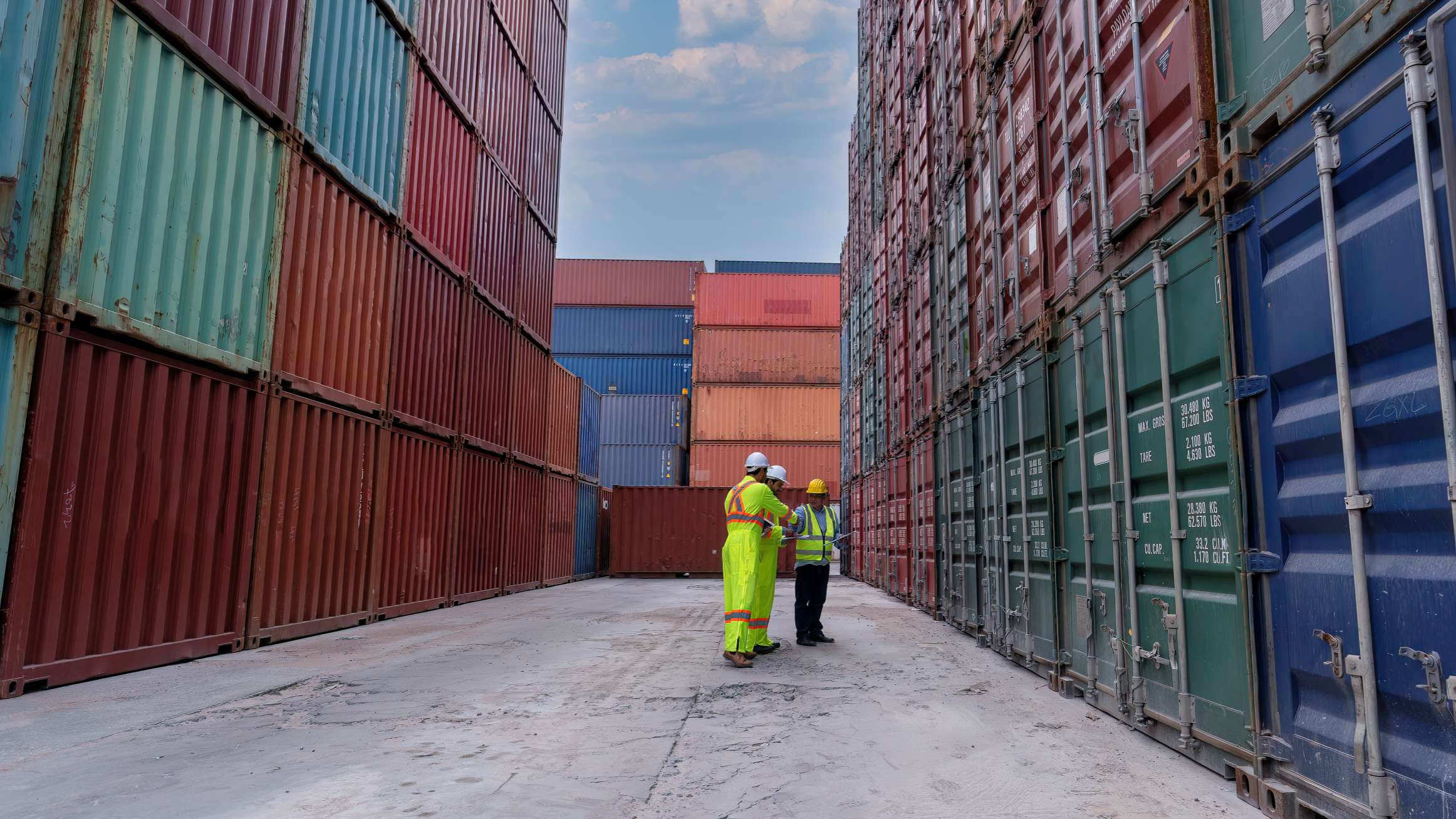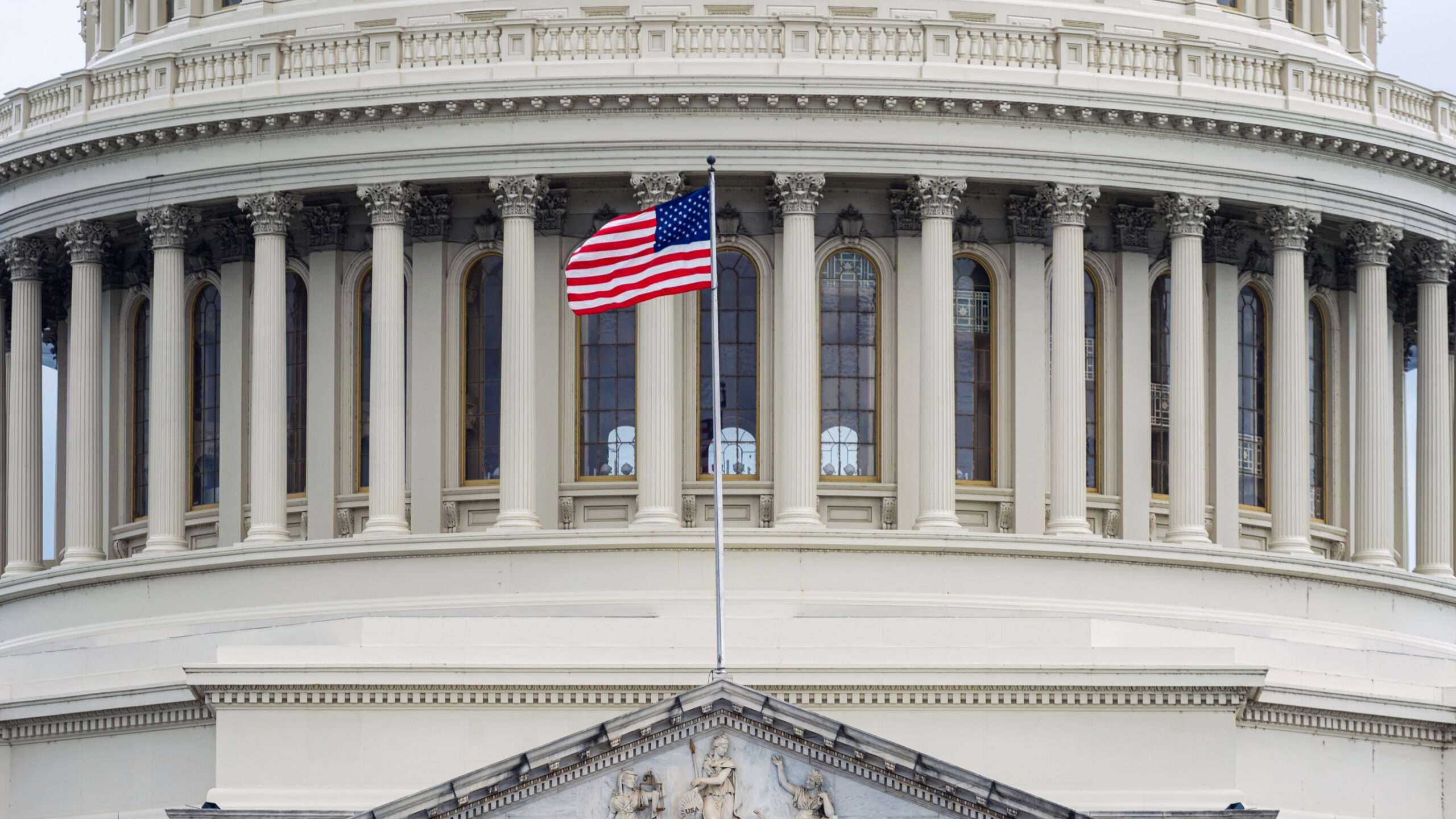
Slow growth is often blamed for the dearth of good paying jobs and the administration’s inability to stem the decline in average family incomes.
[Peter Morici| January, 26 2016 | The Hill]
The six-year expansion has averaged 2.2 percent annual economic growth and added 188,000 jobs per month. Coming off a similar bout with double-digit unemployment, the Reagan recovery accomplished about 4.6 percent annual growth and adjusting for the size of the economy, added almost twice as many jobs.
Now conditions in China are threatening to deflate or even derail the U.S. recovery. Its growth has slowed from double digits to less than 7 percent—at least as reported by Beijing’s number crunchers. Western economists peg growth at closer to 4 percent, and much of that is decadent and sterile.
Spending to build apartment and office buildings that fail to attract a single tenant and even entire ghost cities complete with utilities counts in China’s formal GDP tally but adds nothing to its productivity. Such wasteful outlays have helped rocket China’s combined public-private debt to 260 percent of GDP.
Nervous about a looming credit crisis, China’s private investors are heading for the doors—selling yuan for dollars to invest in foreign real estate and securities. That exodus is panicking global stock markets, pushing down the yuan against the dollar and making Chinese goods artificially more price competitive against American-made products than underlying differences in national costs warrant.
For all the talk of a faltering industrial dragon, U.S. imports from China were up, exports down and the bilateral trade deficit increased nearly $25 billion in 2015—killing at least another 200,000 American jobs.
Crippling debt is epidemic among emerging economies, as many borrowed in a mad race to expand manufacturing. Like Japan and the European Union, they now seek to cope with excess capacity and crushing interest payments by cheapening their currencies to boost exports and send their unemployment to the United States.
All of this makes foreign goods cheaper at Wall-Mart and U.S. exports too expensive, slows growth and adds to deflation that has the Federal Reserve flummoxed.
Those beggar-thy-neighbor strategies have pushed U.S. manufacturing into recession—employment in export-focused durable goods manufacturing is down 35,000 since June.
Trade should work better for America. After all we have a highly productive workforce and still generate most of the world’s cutting edge innovations, but commerce does not happen in a vacuum. Governments put up tariffs and impose administrative burdens on foreign goods and investment, and offer local businesses subsidies to boost exports.
That’s why, for example, American automobile and electronics manufacturers locate in China and form joint ventures with state-owned-enterprises for the privilege of selling there. The same goes in many other Asia venues.
How tough those conditions are for U.S.-based industry is strongly influenced by international trade agreements—for example, those administered by the World Trade Organization and bilateral deals struck with individual governments.
The Obama administration heralded the U.S.-Korea Free Trade agreement for creating“countless new opportunities for U.S. exporters to sell more Made-in-America goods, services and agricultural products to Korean customers – and to support more good jobs here at home.” Since implemented in 2012, imports from Korea have risen much more than exports, and the bilateral trade deficit is up about $16 billion—destroying another 130,000 good-paying American jobs.
Now the Obama administration is making similarly fanciful claims to win congressional approval for a Trans-Pacific Partnership . It would establish free trade with 11 other nations, including Japan, without cleaning up subsidies and currency manipulation.
Overall, the U.S. trade deficit exceeds $500 billion a year and costs Americans about 4 million jobs. Resulting lost manufacturing activity takes a large bite out of U.S. investments in R&D and goes a long way toward explaining why growth has been so disappointing and median family incomes are down $4000 since 2000.
Morici is an economist and business professor at the University of Maryland, and a national columnist.













